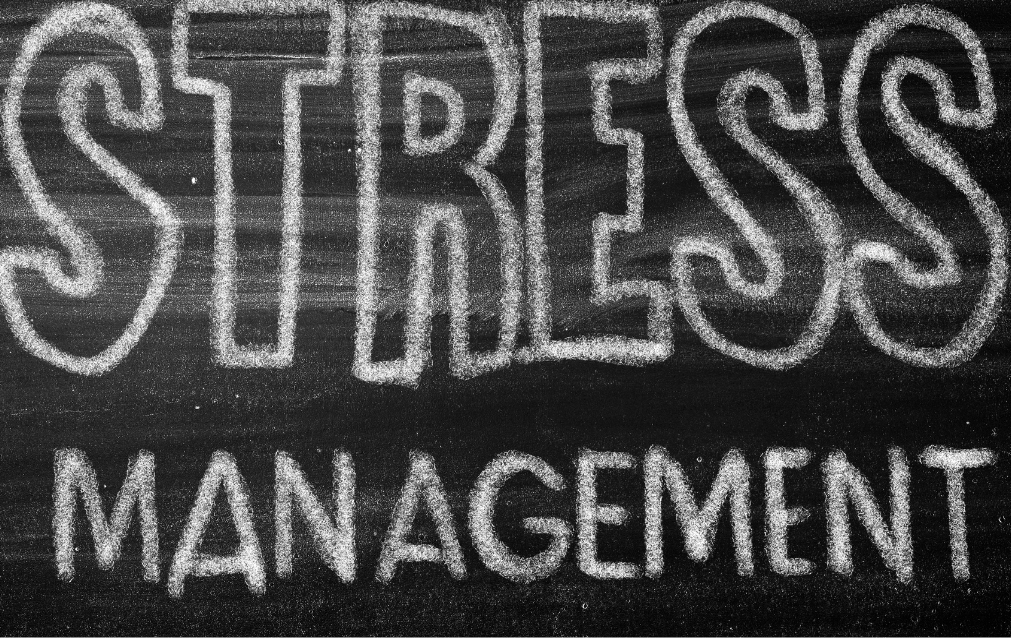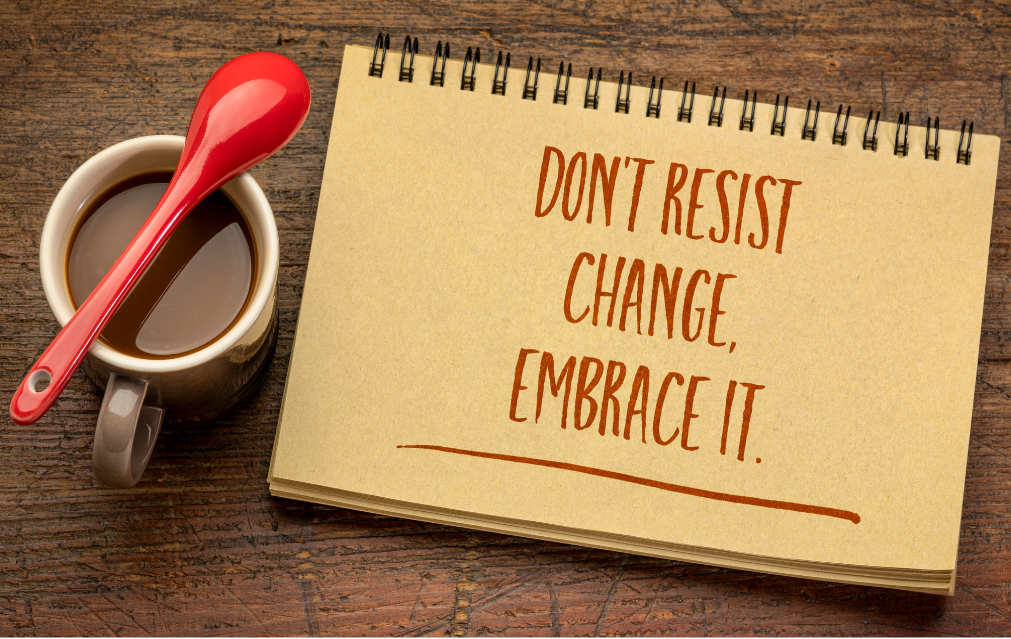In our fast-paced Australian lifestyle, finding time to eat healthy can often feel like a challenge. Between work, family, and social commitments, it’s easy to fall into the trap of takeout and convenience foods. However, meal prepping can be your secret weapon for maintaining a nutritious diet, even on the busiest days. Let’s explore some practical tips for effective meal prepping that cater to the Australian palate.
Why Meal Prep?
Meal prepping not only saves time but also promotes healthier eating habits. Studies show that individuals who plan their meals are more likely to stick to a balanced diet and avoid unhealthy snacking. A report from the Australian Bureau of Statistics highlights that many Australians struggle with dietary choices, making meal prep a great way to take control of your nutrition.
Benefits of Meal Prepping
- Time-Saving: Spend a few hours on the weekend to prepare meals for the week ahead, freeing up time during busy weekdays.
- Cost-Effective: Buying ingredients in bulk and planning meals can reduce grocery bills and limit food waste.
- Healthier Choices: Having healthy meals readily available can help you resist the temptation of unhealthy snacks and fast food.
Secondly, Getting Started with Meal Prep
Step 1: Plan Your Meals
Begin by selecting recipes that are easy to prepare and can be stored well. Look for Australian-inspired dishes, such as:
- Chickpea and Quinoa Salad: Packed with protein and fiber, this dish can be made in advance and enjoyed cold.
- Veggie-Loaded Stir-Fry: Quick to cook and can be customized with seasonal Australian vegetables.
- Slow-Cooked Lamb or Chicken: Prepare a big batch that can be used in multiple meals throughout the week.
Step 2: Make a Grocery List
Once you have your meals planned, create a grocery list. This will not only ensure you have all the ingredients on hand but will also help you avoid impulse buys. Consider local farmers’ markets for fresh produce and Australian-grown ingredients.
Step 3: Cook and Portion
Designate a day (like Sunday) for meal prepping. Cook large batches of your chosen recipes and portion them into containers. Consider using reusable glass containers for easy storage and reheating. Label each container with the date to keep track of freshness.
Step 4: Store Smartly
Ensure your meals are stored correctly. Most meals can last 3-5 days in the fridge. For longer storage, consider freezing portions. Meals like soups, stews, and curries freeze particularly well.
Step 5: Keep it Balanced
Aim for a balanced meal with a mix of protein, healthy fats, and carbohydrates. Think grilled fish with roasted sweet potatoes and seasonal greens, or a veggie-packed omelette with whole-grain toast.
Additionally, Helpful Resources
For those looking to enhance their meal prep game, the Life Program offers great resources. This initiative focuses on supporting Australians in developing healthier habits through meal planning and preparation strategies. You can find more information here.
Additional Links for Healthy Eating
Conclusion
Generally, Meal prepping doesn’t have to be complicated or time-consuming. With a little planning and the right strategies, you can create healthy meals that fit your busy lifestyle. By incorporating local ingredients and focusing on balanced nutrition, you’ll be well on your way to eating healthier without the stress. So grab your containers, put on your favorite Aussie tunes, and start prepping for a healthier you!






